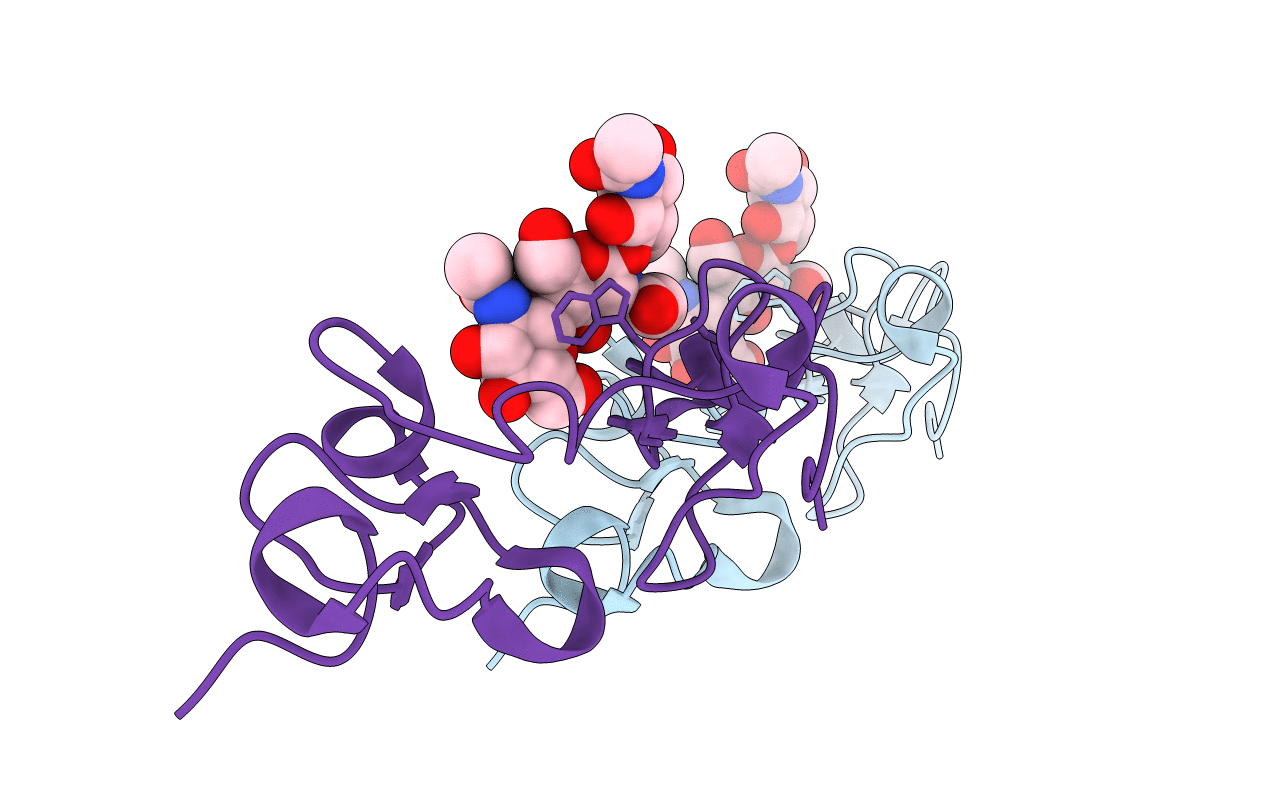
Deposition Date
2003-09-12
Release Date
2003-12-23
Last Version Date
2024-10-30
Entry Detail
PDB ID:
1ULM
Keywords:
Title:
Crystal Structure of Pokeweed Lectin-D2 complexed with tri-N-acetylchitotriose
Biological Source:
Source Organism:
Phytolacca americana (Taxon ID: 3527)
Method Details:
Experimental Method:
Resolution:
1.80 Å
R-Value Free:
0.23
R-Value Work:
0.19
R-Value Observed:
0.19
Space Group:
C 1 2 1


